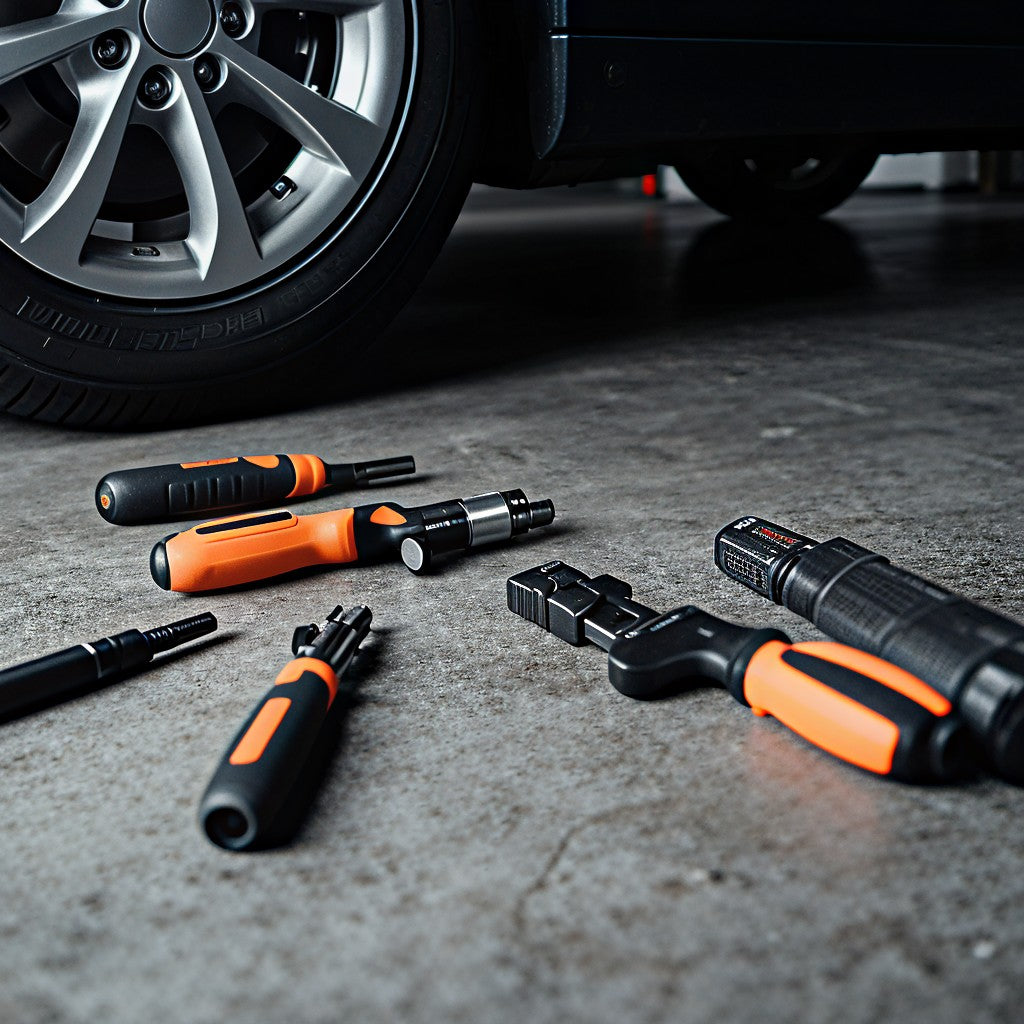Introduction
If you’ve ever relied on a jump starter and found that it won’t hold a charge, you’re not alone. For both individual car owners and automotive pros, a jump starter is a reliable on-the-spot power tool—when it’s charged and ready. Understanding why a LiFePO4 jump starter or a Li-ion battery-based jump starter loses its charge helps you troubleshoot more efficiently, protect your investment, and keep emergency starts ready when you need them most. In this article, we’ll explore common causes, practical diagnostics, and best practices to maximize battery life and performance.
What does it mean for a jump starter to “hold a charge”?
A jump starter should arrive at a usable state with a full charge, maintain that charge over routine storage, and deliver reliable current when you need to jump-start a dead battery. When a jump starter won’t hold a charge, you may notice one or more of the following:
- Quick self-discharge after charging
- Reduced usable output or not delivering enough cranking amps
- Batteries swelling, overheating, or rapid heat buildup
- Inactivity or parasitic drain from connected devices or indicators
Key Terms to know
- LiFePO4 battery: A safe, long-life lithium-ion chemistry with moderate energy density, strong thermal stability, and requires a Battery Management System.
- Li-ion battery: A broader family of lithium-based chemistries common in jump starters, valued for high energy density but with varying cycle life and safety considerations.
- State of charge (SOC): A percentage indicating how full the battery is.
- Depth of discharge (DOD): How much of the stored energy has been used; deeper discharges reduce battery longevity.
Why your jump starter may not hold a charge
Battery chemistry and aging
As jump starters age, their batteries lose capacity. LiFePO4 cells generally offer long life and stable performance, but all lithium-based cells degrade with time and repeated charge-discharge cycles. If your unit is several years old or has undergone multiple jump starts, it may simply have reached the end of its optimal lifecycle. In this case, you may notice a diminished SOC at full charge or a shorter shelf life between charges.
Severe temperature exposure
Extreme temperatures (very hot or very cold) degrade lithium-based cells. In automotive settings, jump starters stored in trunks or garages exposed to temperature swings can experience faster self-discharge or reduced effective capacity. For LiFePO4 and Li-ion chemistries, maintaining a moderate storage temperature (around 32–77°F or 0–25°C) helps preserve charge and prolong battery health.
Parasitic drain and improper storage
Even when powered off, some jump starters can draw a small current if a USB port, LED indicators, or other features remain engaged. If you store a unit with cables attached or left connected to devices, you may observe faster discharge. The remedy is to disconnect all accessories and store them in a cool, dry place per the manufacturer’s guidelines.
Frequent deep discharges
Regularly letting the jump starter reach very low SOC (high DOD) can stress lithium batteries. If you routinely drain the battery to near-empty before recharging, you shorten cycle life. Cultivate a habit of recharging after each use and avoiding long periods at very low charge levels.
Inadequate charging practices
Using an incompatible charger, charging too slowly, or charging in a high-drift environment can impact how well a jump starter holds a charge. Always use the recommended charger specifications and avoid charging in extremely hot environments. For LiFePO4 jump starters, use chargers designed for LiFePO4 chemistry, as they manage charging voltage and current to prolong life.
Battery balancing and module issues
Some multi-cell jump starters use individual cells or modules that require periodic balancing. If a balancing fault occurs or a cell drifts out of spec, overall pack health declines, and hold time worsens. Routine diagnostics or professional checks may be needed to identify and repair such internal faults.
Storage duration and inactivity
Large gaps between uses can cause the battery to self-discharge gradually. If a jump starter sits idle for weeks or months, you may find it won’t hold a charge as effectively when you next need it. Regular, light maintenance charging can help preserve readiness.
Environmental exposure to contaminants
Dust, moisture, or corrosive vapors can affect connectors, seals, and the inside of the battery module. Ensure your device is kept in a clean, dry environment and inspect charging ports and connectors for corrosion or debris.

Practical diagnostics you can perform
- Check the charge cycle: Fully charge the unit using the manufacturer-approved charger. After charging, wait 24–48 hours with the unit unplugged and observe if the SOC drops significantly.
- Inspect for swelling or heat: If the battery appears swollen or becomes unusually hot during charging or operation, discontinue use and consult support. This can indicate safety risks.
- Test with a known-good charger: If you have access to another compatible charger, verify whether the issue persists with a different charging source.
- Monitor indicators: Some jump starters display SOC or error codes. Note any blinking patterns or fault codes when you connect to power or attempt a jump start.
- Check for parasitic draw: Disconnect any USB devices and ensure indicators aren’t drawing power when the unit is off.
Best practices to extend life and maintain readiness
- Store at moderate temperatures: Aim for a stable environment within the recommended range for LiPo4 or Li-ion systems unless it is a jump starter specifically designed for extreme temperatures.
- Use the recommended charger: Always use the charger specified by the manufacturer for your jump starter’s chemistry.
- Avoid deep discharges: Recharge after use or after reaching a moderate SOC; try not to let the unit sit depleted for extended periods.
- Perform periodic checks: If your workflow involves seasonal vehicles or fleet operations, schedule routine battery health checks and full charges every few months.
- Keep contacts clean: Wipe down connectors and ports to ensure clean, efficient charging and prevent resistance losses.
- Consider a consistent charging cycle: For fleets, a regular top-up cycle (e.g., weekly or biweekly) can help maintain SOC and readiness.

Choosing a jump starter with durable chemistry and smart features
- LiFePO4 jump starter advantages: Known for thermal stability, long cycle life, and robust performance across a wide temperature range. Ideal for heavy use, fleets, and professional garages.
- Li-ion battery considerations: High energy density and compact form factors are attractive for consumer and professional use, but pay attention to cycle life, thermal management, and built-in protection features.
- Features to look for: Overcharge protection, undervoltage protection, automatic safety shutoff, battery management system (BMS), low self-discharge, pass-through charging, and reliable indicators (SOC, health status).
Contact Us
For further product information, please visit:
- Official website: https://www.lokithorshop.com/
- Email address: info@lokithorshop.com
Recommended Reading: What Should I Do if the Jump Starter Cannot Be Charged?




Leave a comment
All comments are moderated before being published.
This site is protected by hCaptcha and the hCaptcha Privacy Policy and Terms of Service apply.